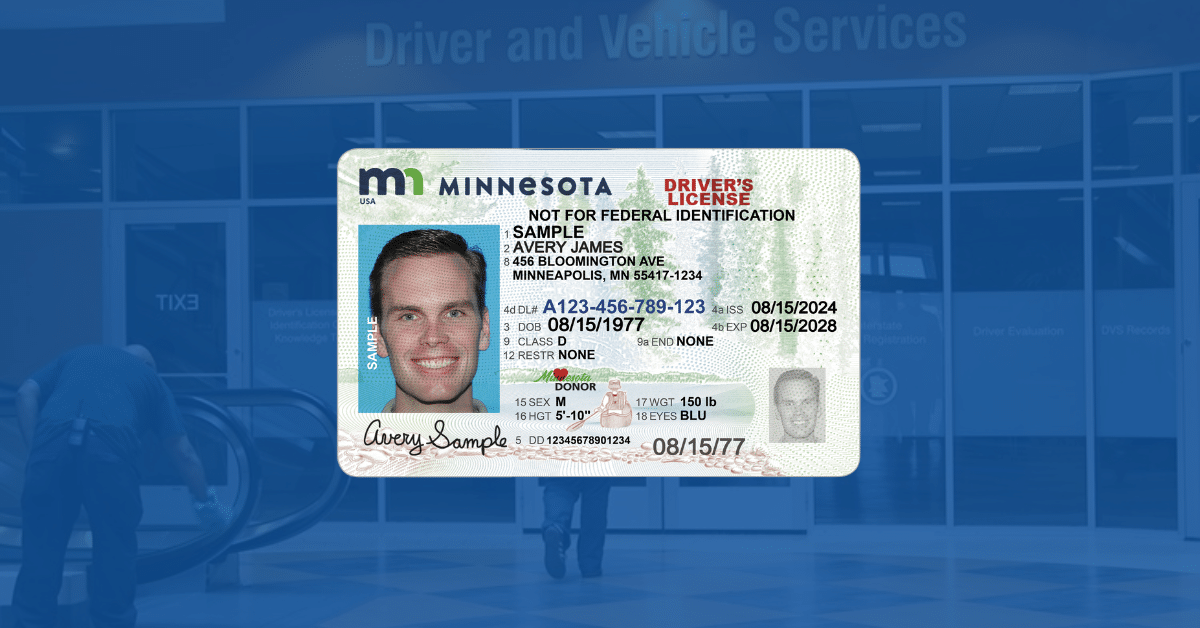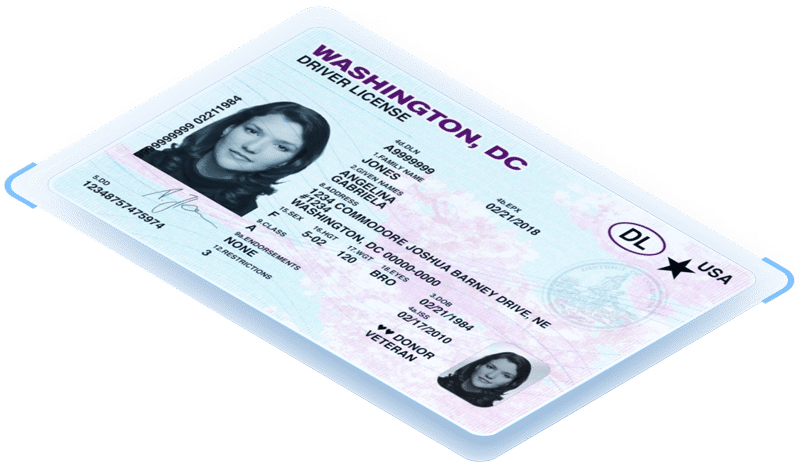Last updated on June 25th, 2025 at 02:21 pm
One of the most popular methods of biometric authentication is facial recognition. This advanced technology uses facial geometry to create a biometric record. It has many use cases including securing entrances, border control, eliminating the need for physical identity documents, improving efficiency, and more.
Under the umbrella of facial recognition are several similar terms:
- Face detection (facial detection)
- Face recognition (facial recognition)
- Face verification (facial verification)
- Face matching (facial matching)
Although these technology terms are often used interchangeably, they are all different in their capabilities and uses. All three are important tools in ensuring security and fraud prevention both in-person and digitally.
What is face detection?
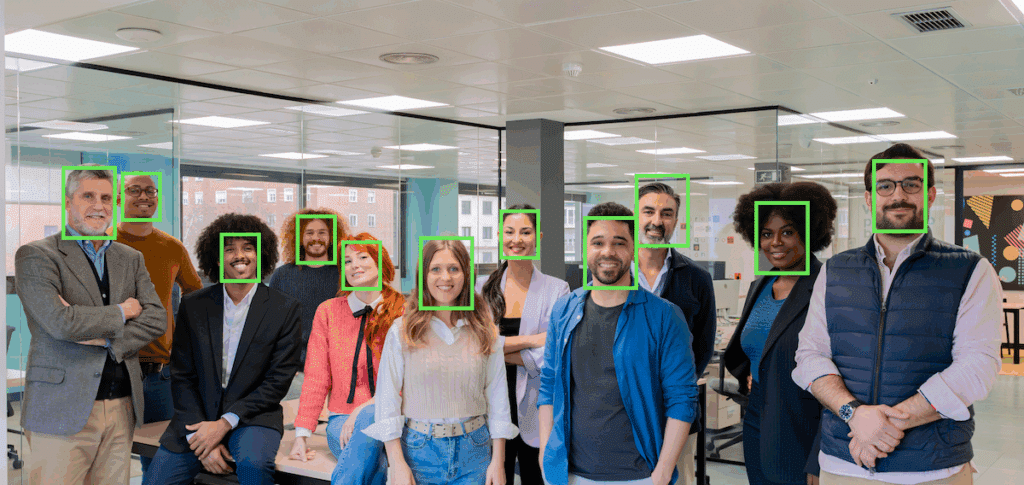
Face detection is the foundation for face recognition and face verification. This is something many of us are familiar with in our smartphone cameras’ autofocus features. Face detection is simply the system’s ability to detect if a human face is present when it is presented with a photo that contains many elements. In the case of your smartphone camera, the system scans the picture frame looking through background items such as trees or cars, etc. as well as what’s in the foreground such as your face, arms, and other body parts.
How face detection works
Face detection works by analyzing the image with algorithms designed to pick out features of a human face such as eyes, mouth, and nostrils, and associated facial geometry. Smartphone cameras typically have this ability. Facial detection software does not have the ability to recognize a face as distinct from other faces, but it is the first step in recognizing that a face is being presented.
What is face recognition?
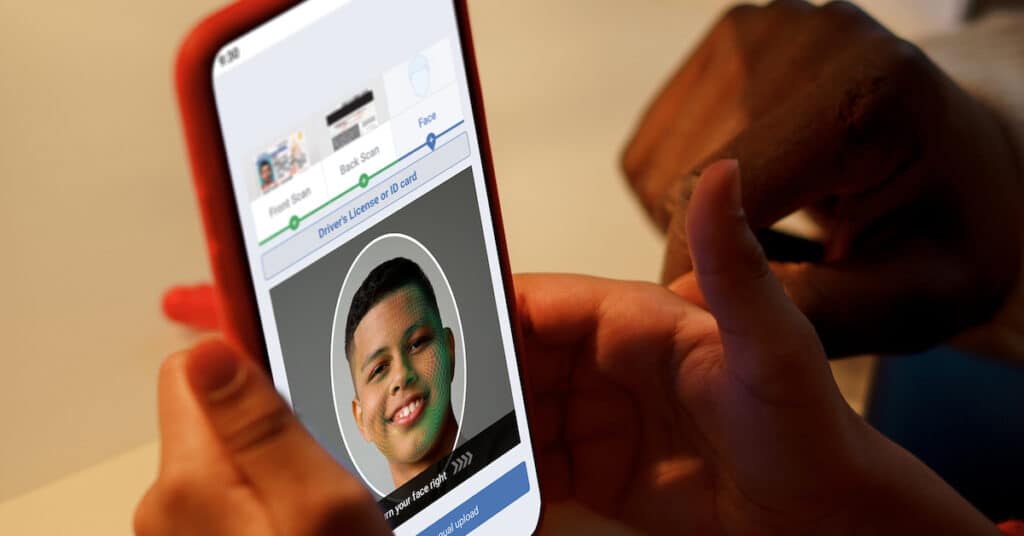
Face recognition is the process of recognizing a specific face, and comparing it to a library of know faces or facial templates. A facial recognition system detects a face, and then captures an image of that face. It then compares the image to a database of other faces recorded over time to try and find a match.
How face recognition works
Face recognition analyzes each face it comes across and analyzes each one’s particular facial feature geometry: the distance between the eyes, between the brow and chin, etc. Each human face has a unique geometry so the system can compare every face it sees to its database of recorded faces to find a face recognition match. The system can build its database using ID card photos, images taken from security camera footage (either live or previously recorded), or from another photo.
Face recognition can be used live to enforce security in a building or at a venue by scanning groups of people to looking for familiar, unwanted faces. For example, it can help to identify known shoplifters it’s seen before on camera or from an image shared by other retail locations. But it can also help to identify repeat customers and improve customer experience.
Facial recognition can also be used to compare a facial recorded via camera to a face on an ID photo as part of digital identity verification or eKYC processes.
What is face verification?
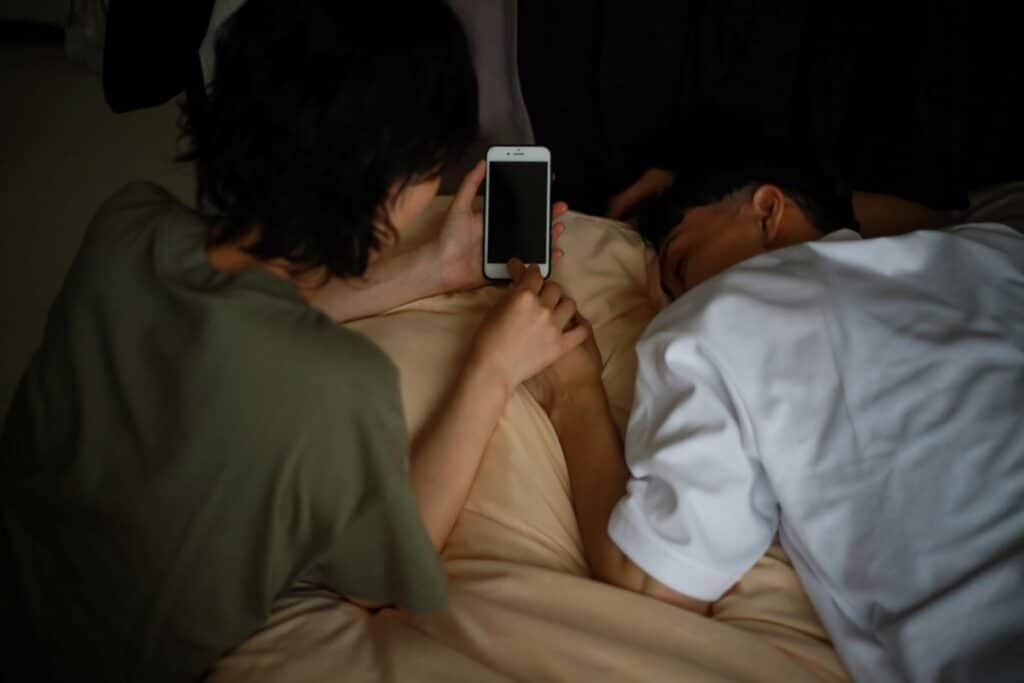
Face verification is the process of confirming that a live face captured in real time matches a reference image (usually from an ID document) and that it is from a real, physically-present human—not a spoof, mask, or synthetic media.
How face verification works
Face verification must ensure the face presented is live and not a spoofed or artificial representation. Liveness detection plays a critical role. Liveness detection confirms that the subject being scanned is a physically present, real human being rather than a still image, video replay, or computer-generated avatar. And that the individual whose face is being presented is not asleep. Solutions typically use either active liveness, which asks the user to perform simple movements like blinking, smiling, or turning their head, or passive liveness, which operates silently in the background, analyzing cues like skin texture, 3D depth, natural lighting, and micro-expressions. Passive methods are gaining popularity because they reduce friction for the user while still providing high assurance of authenticity.
In parallel, strong anti-spoofing measures—also called presentation attack detection (PAD)—help protect systems from deliberate attempts to fool facial verification. These techniques are designed to detect and block common attack vectors such as printed photos, screen replays, silicone masks, and even deepfakes. High-quality face verification systems combine multiple detection layers, including camera integrity checks, motion consistency analysis, and AI-driven artifact detection, to spot subtle signs of tampering or forgery.
Together, liveness detection and anti-spoofing form the backbone of secure face verification, making it reliable enough for sensitive applications like eKYC, digital onboarding, and biometric authentication.
How is face verification different than face recognition?
Face recognition compares a face image to a library of stored faces. Face verification includes liveness and anti-spoofing to ensure the face presented is real and legitimate.
What is the difference between face detection, recognition, and verification?
Face detection checks to see that a human face is present in an image, face recognition determines if the face is familiar based on a photo database, and face verification checks to see that two images match each other, ensuring that the customer is who they say they are.
How all three terms differ
Although face detection, face recognition, and face verification all have to do with complex algorithms scanning faces, the terms should not be used interchangeably. They all have their different uses and each serves its own important function. Face detection checks to see that a human face is present in an image, face recognition determines if the face is familiar based on a photo database, and face verification checks to see that two images match each other, ensuring that the customer is who they say they are.


